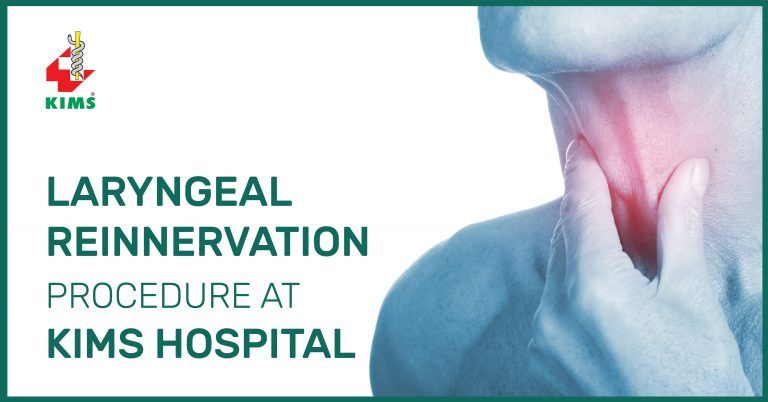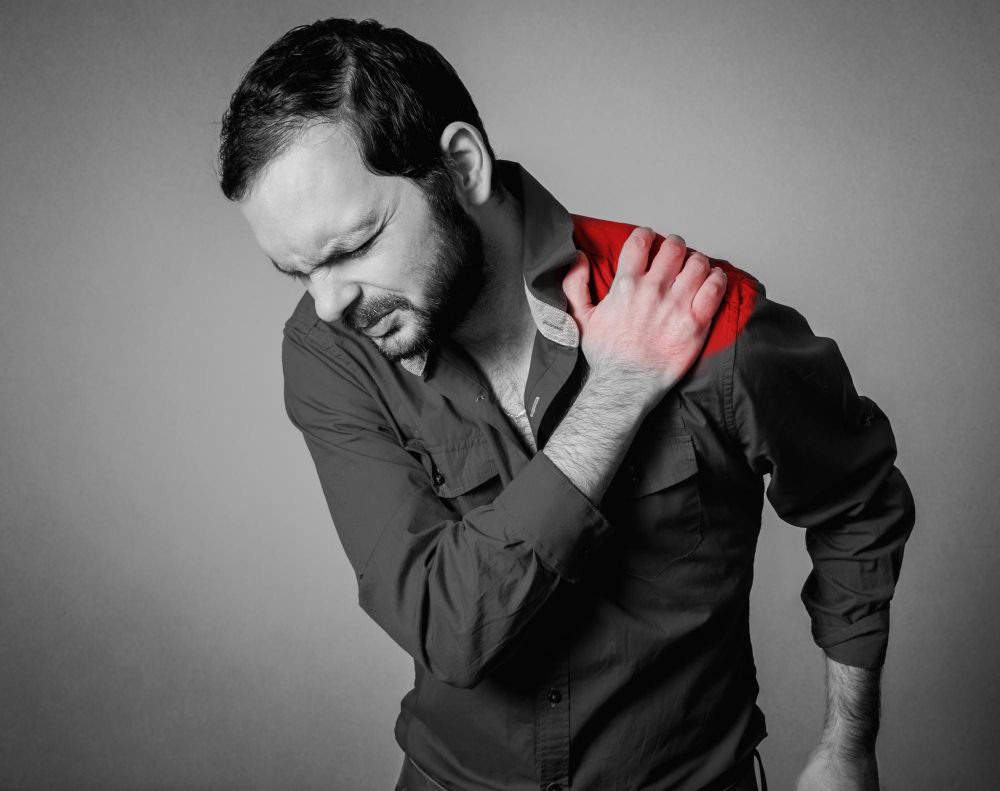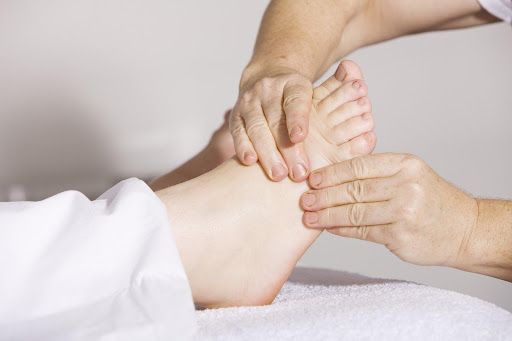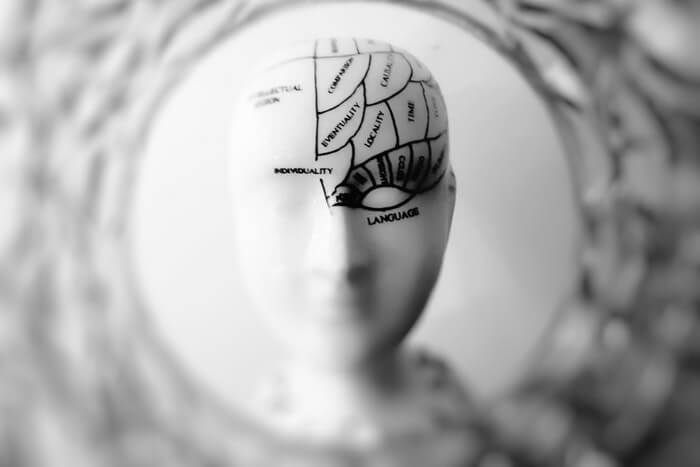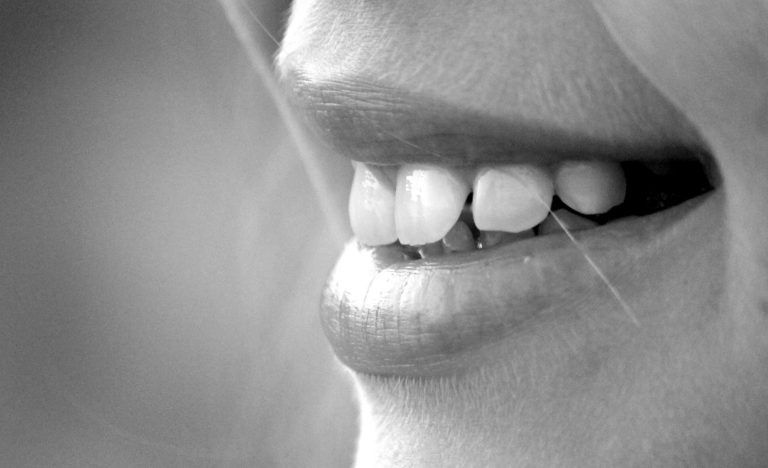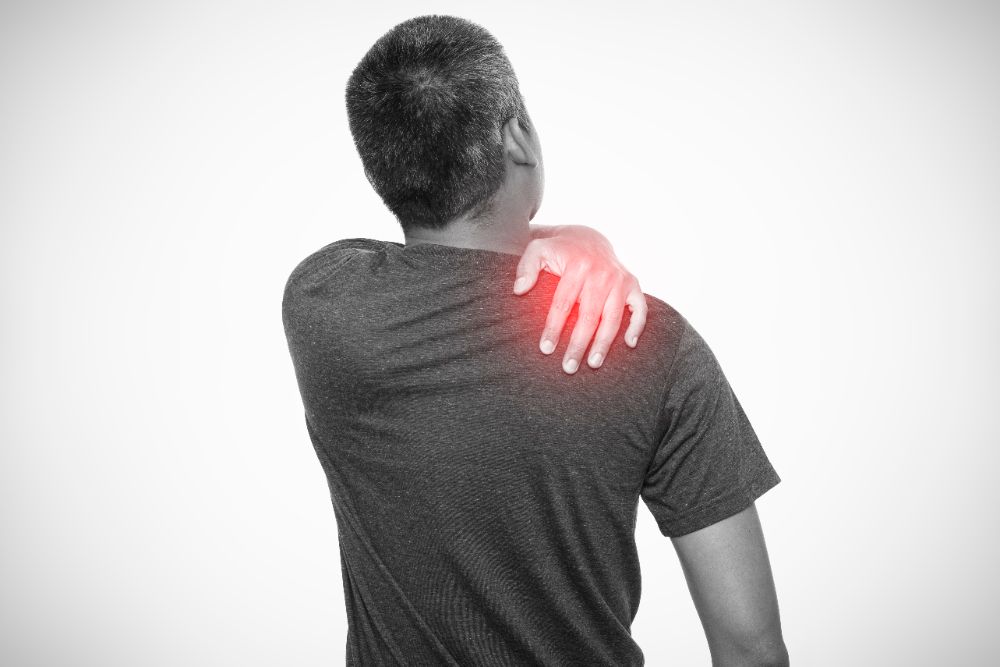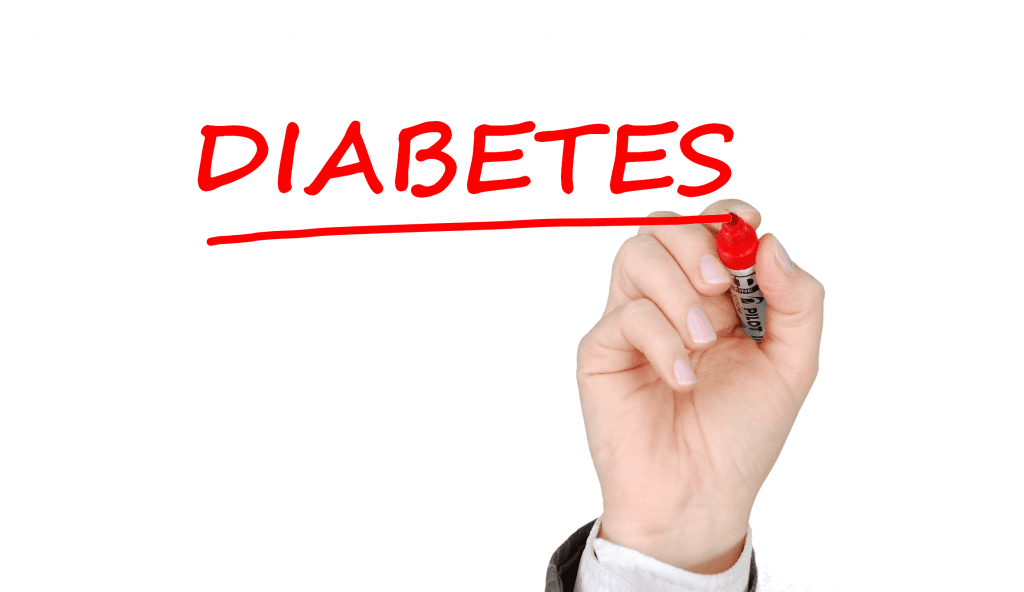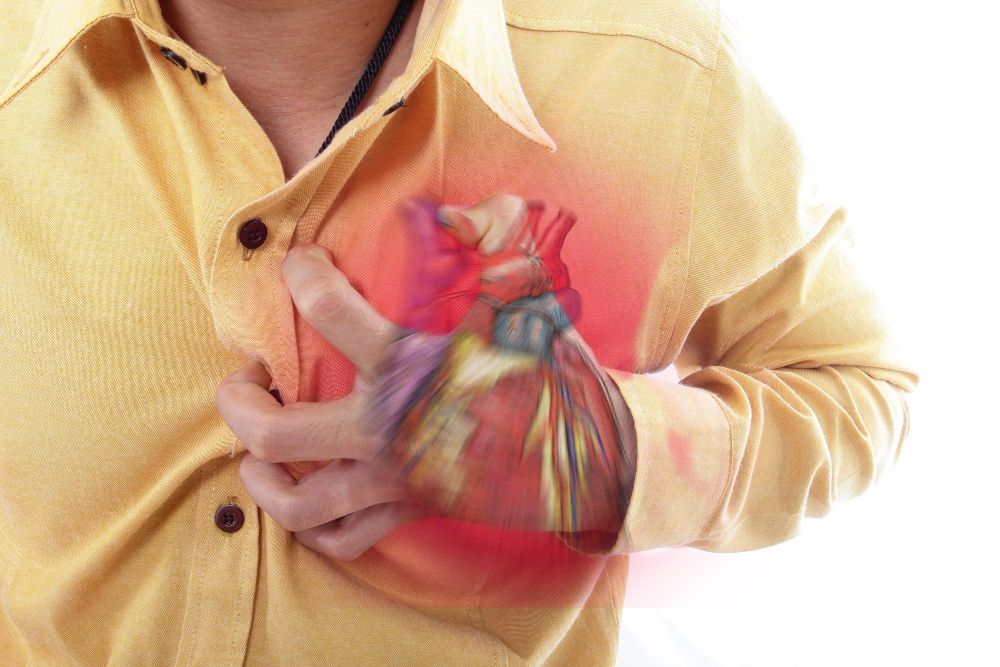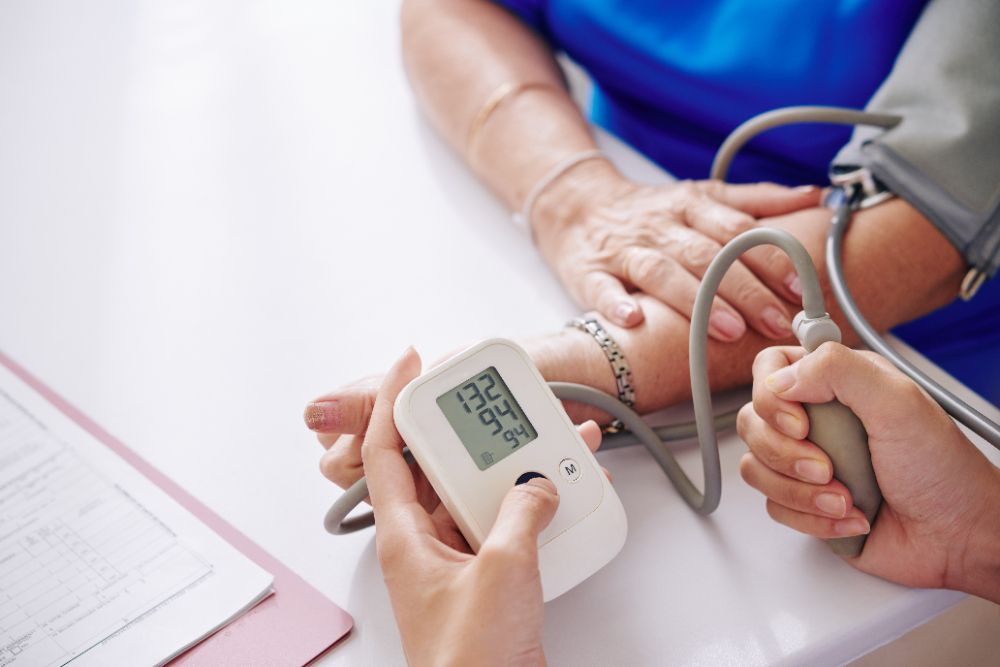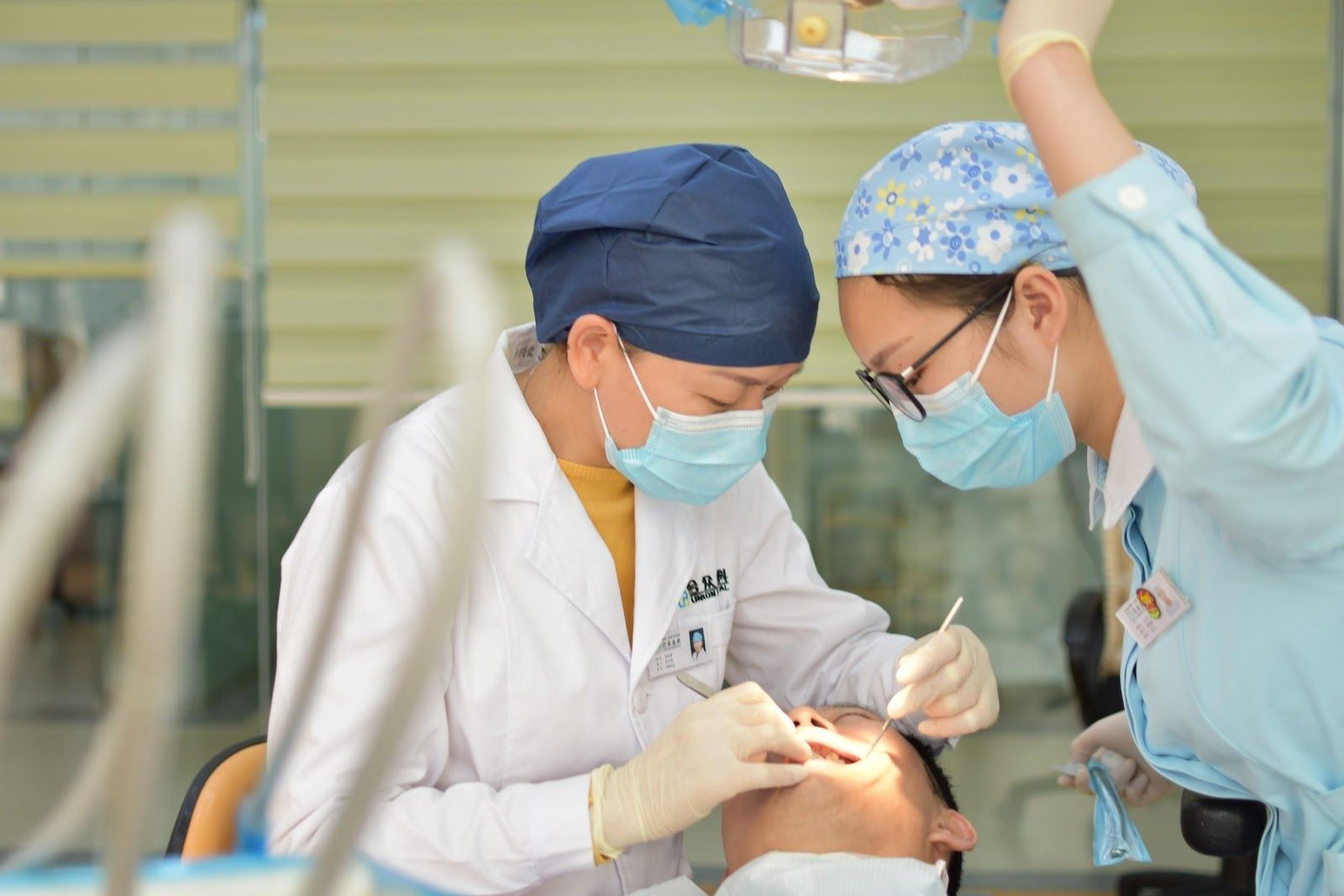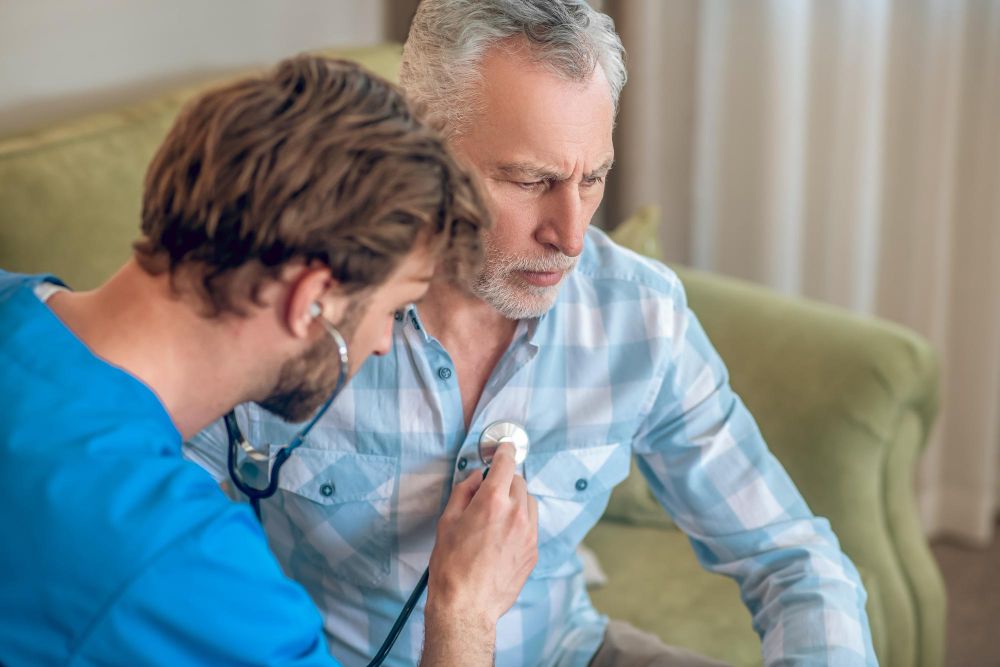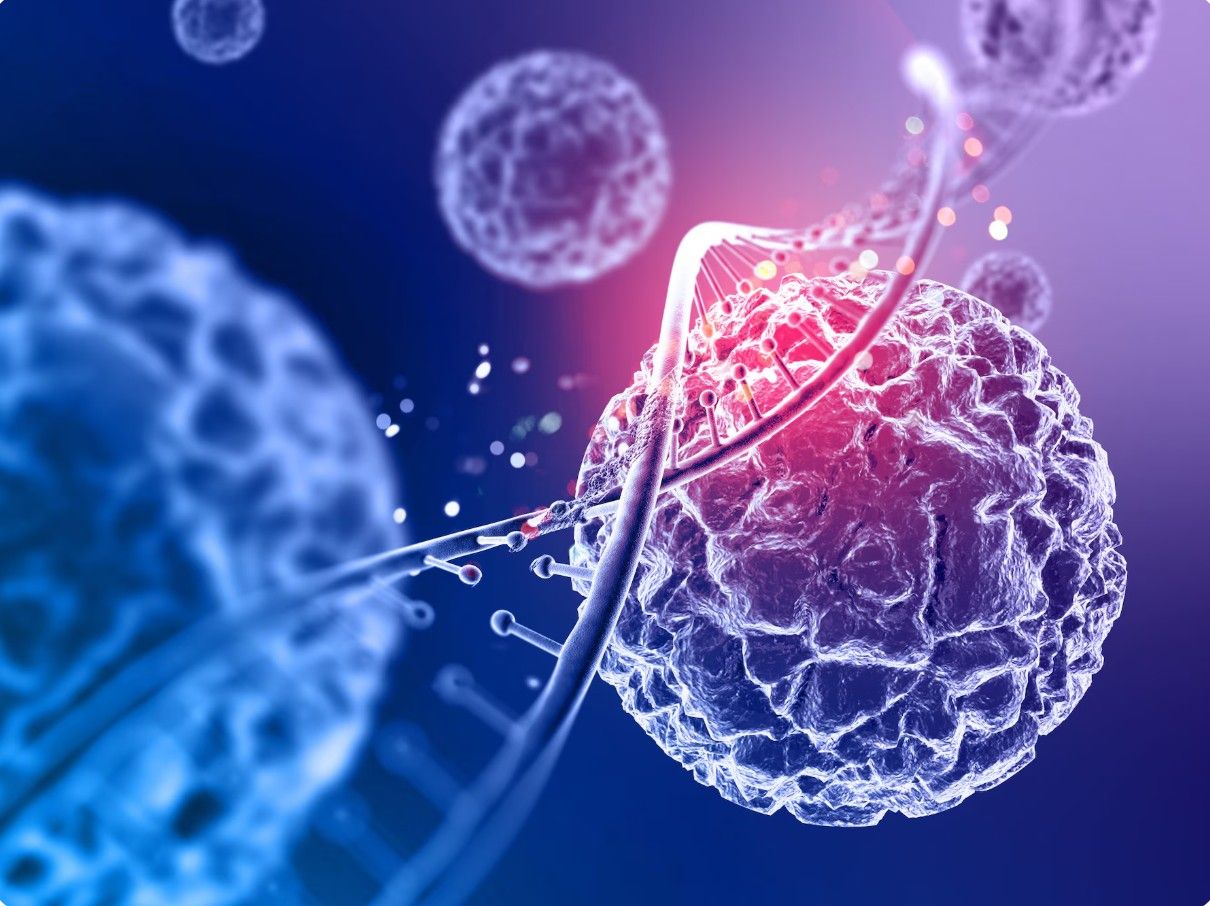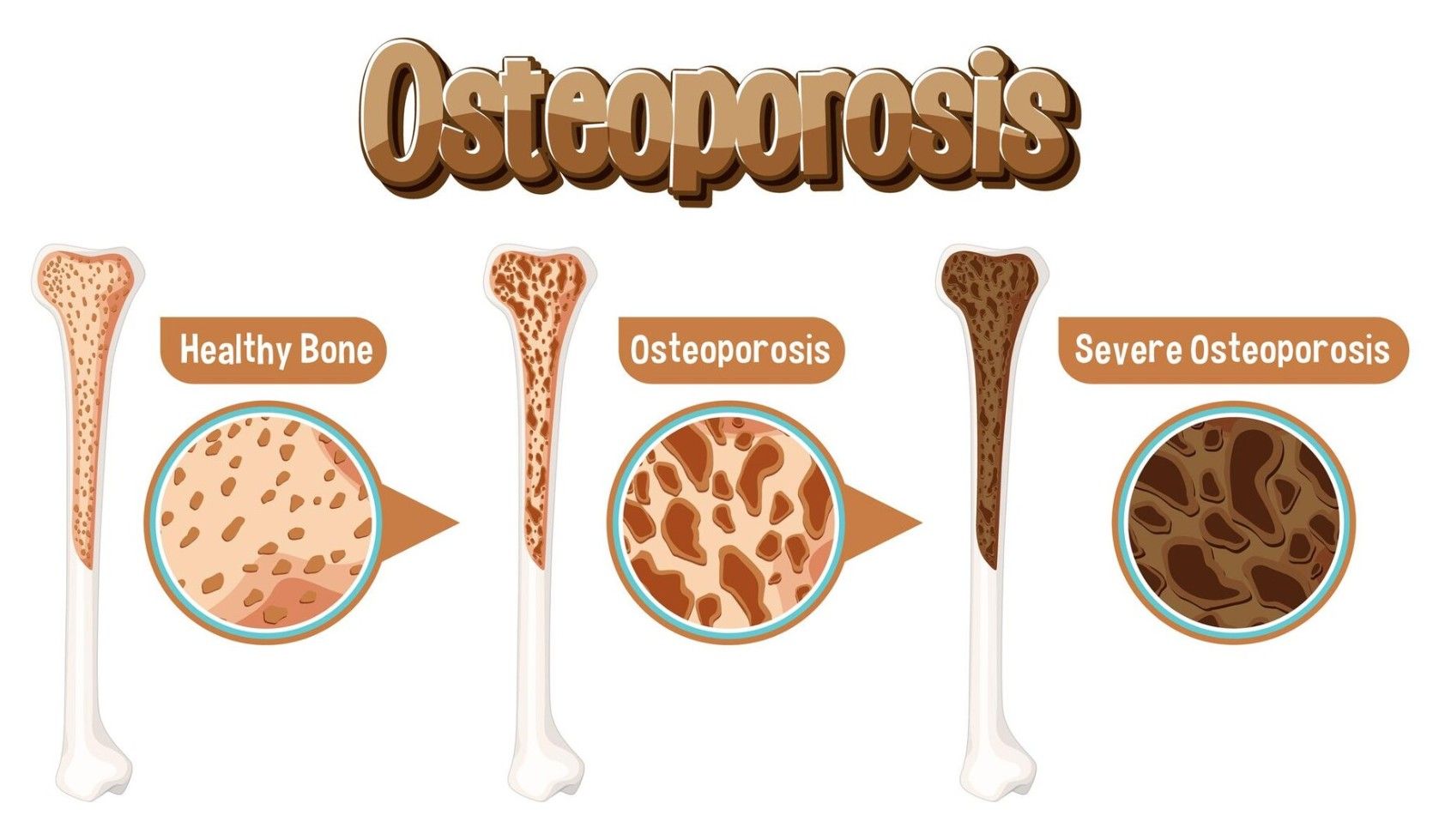Taking Care of a Terminal Patient? Here Are Six Ways to Help Them to the Fullest
A terminally ill patient is someone who has a relatively short life expectancy. Terminally ill people are usually shifted from an actively curative medicinal regime to a supportive care regime. When a patient does not respond to curative medicines they are shifted to palliative care. End-of-life care can be a very drastic transition for caregivers and patients alike. It is best to be prepared beforehand. Palliative care can be provided by health services and caregivers at home, at old-age nursing homes, or hospice centers. There are many healthcare professionals involved in making life comfortable for the patient. The family of the patient plays an equally important role.
One of the biggest barriers in palliative care is poor doctor-to-patient communication and vice-versa. Conversations concerning end-of-life care are often avoided because of their sensitive nature and can be very upsetting. It is very important to make sure that the last days of the patient are not filled with dread and panic. Always remember that taking care of someone at the end of their life is a team effort, everyone has to work in a perfectly concerted fashion to get the best results. This article aims to give you a few tips on how to improve a terminally ill patient’s last days.
- Prepare Early:
Families, physicians, caregivers, and patients need to prepare early. Everyone has to keep up with a regular discussion about palliative care, we must ease the patient into the idea of palliative care. This is only possible if there is a clear conversation between all parties concerned. The physicians should have the foresight to keep patients and their families up-to-date with the progress (or the lack of it) of the current medical treatment and the implications of palliative care. Doctors should explain in detail the reasons and the timeline of shifting from curative to palliative treatments. Families should be informed or warned months so that they can start preparation by contacting nearby health care services and booking hospice services. Terminal patients need round-the-clock intensive care; it is up to the family to decide whether they want to pursue hospice care or continue palliative care at home by hiring caretakers. It might take a while to find caregivers or hospice care centers equipped to take care of the medical condition(s) the patient is suffering from.
- Getting the Best Help:
Every patient has different medical requirements. It is important to consult a physician thoroughly to discuss the specific medical care needs of the patient and contact hospice services accordingly. It is advised that the patient be transferred to a hospice facility or nursing home before being taken home. This will help the family members ease into the process of caring for the patient. Hospice care can be provided at home as well, the families become the primary caregivers along with visiting physicians and healthcare workers. A hospice team needs to be on-call twenty-four hours a day and has to be qualified and dependable. It is important to study all the logistics of at-home hospice care; arranging for a bed, emergency medical supplies, bedside commode, wheelchair, and emergency transportation beforehand.
- Financial and Legal Advice:
While your loved one is lucid and can partake in active discussions the family should take legal and financial consultation. The family should review medical insurances and ask the patient for what kind of will arrangements, advance directive, or power of attorney they wish to apply. Make sure that the patient’s desires are taken into account. It is known that palliative care is expensive and families should prepare accordingly.
- Making the Patient’s Life Comfortable:
A terminal care patient’s life can be lonely, even though they are constantly surrounded by loved ones and healthcare professionals. Keeping the patient engaged in positive conversations, listening to them and ensuring their fears, and letting them reminisce is all a part of their care routine. Most importantly be very accommodating, tolerant and give the patient their space when needed, respect their privacy. Always speak calmly to your loved ones, you might need to repeat the same thing multiple times on account of the patient’s restricted cognitive abilities. Keep your loved one dry, clean, and warm; place oil blankets or wet pads beneath the bed and change them when they get soiled. An air purifier or humidifier may be placed in the patient’s room to help with breathing. Let the patient have their food of choice. Always keep your patient’s lips moist with water. Even if the patient has stopped communicating, speak to them and lend assurances and words of love and comfort.
- Importance of Mental Health and Grief Counselling:
Taking constant care of the patient can be mentally taxing. Therapy and grief counseling is mandatory for both the patient and the family. Most hospice services also provide such counseling. Focus on values, let the patients express matters from their vantage point. Engage in the end-of-life discussions, learn the patient’s desires and last wishes. Take into account specifics such as DNR wishes (Do Not Resuscitate), sustaining measures, symptoms management, psychological healing, and spiritual requests.
- Remember to Practice Respite Care:
End-of-life caregiving is very intense and can be draining for the first line caregivers, close family members, etc. It is necessary to take a breather to sort out the emotions and build up strength. Having a rotating professional caregiver sit in with the patient for a few hours can provide a break for the family. Families can also admit the patient to a 24x7 hospice care facility for a few days while they recharge and prepare for what’s ahead.
Ten Effective Remedies That You Can Refer to When You Are Suffering from Muscle Cramps
Finally starting off with the gym life can get too overwhelming until you hit those muscle cramps along with the weights.
Skin Tags - Benign Tumor or Cancerous Tumor?
Skin tag if observed is a narrow stalk that hangs about your skin, bulging at the end. They are usually freshly colored and can grow anywhere on your body.
Laryngeal Reiinervation Procedure at KIMS Hospital
Mr. K.P 56-year-old business executive from Bangalore underwent a thyroid surgery two years back.
Rotator Cuff Tear
A rotator cuff tear is a rotator cuff injury that can cause shoulder pain and loss of arm function. The rotator cuff is a set of muscles and tendons in your shoulder.
4 Not So Common Health Problems in Teenagers
The current generation of teenagers have far more access to technology and gadgets than their parents did.
Become an Expert at Pain Management with These Seven Techniques
Pain is a very common condition, it can be acute and chronic. It is a pathologically complex condition. Pain can be caused by injuries, surgery or diseases such as cancer, arthritis, obesity.
Can You Increase Your Brain Capacity?
Did you know that you can ‘upgrade’ your brain? Your intellectual and creative potentials are not set in stone nor do they depend solely on your genetics.
Taking Care of a Terminal Patient? Here Are Six Ways to Help Them to the Fullest
A terminally ill patient is someone who has a relatively short life expectancy. Terminally ill people are usually shifted from an actively curative medicinal regime
Stages of Tooth Decay and Their Treatment Options
Tooth decay refers to the degradation process of the structure of the tooth resulting in permanent damage.
12 Home Remedies for Dry Cough
The flu, common cold, asthma, cigarette smoke exposure, and other conditions can all cause a dry cough. Home remedies such as honey, peppermint, and air purifiers may be beneficial.
Shoulder Dislocation
Shoulder dislocation occurs when the bones of your shoulder joint are pushed or forced out of their normal positions.
5 Facts to Keep in Mind for Your Monthly Menstruation Cycle
Our menstruation indicates multiple activities within your body. Every month, your uterus forms a thicker lining for the ovary to release an egg for a possible pregnancy.
Different Types of Diabetes
Junk food and increasing physical activity are leading to a worldwide epidemic of obesity, resulting in diseases like diabetes
Dilated Cardiomyopathy
Dilated cardiomyopathy is a form of heart muscle illness in which the heart chambers (ventricles) weaken and stretch, becoming bigger.
Hypertension (High Blood Pressure)
High blood pressure, also known as hypertension, is a condition in which the blood flow against the inner walls of the arteries is persistently high.
3 Cosmetic Dentistry Procedures You Did Not Know About
Over the past few years, cosmetic dentistry has undergone significant evolution in society. With the increasing demand for cosmetic dentistry, it is no longer a luxury; it has become a necessity.
5 Lifestyle Changes That Will Help with Your Urinary Incontinence
Urinary Incontinence is quite a painful and embarrassing condition to have. It refers to the loss of bladder control, which can vary from a slight release of urine after sneezing, coughing, or laughing, to a complete inability to control urination.
5 Tips This Summer to Avoid Heatstroke
Certain jobs demand fieldwork in the scorching heat. The warm weather, bright sun, and the blue skies are not always an excellent working environment for them at all.
6 Home Remedies for Yeast and Vaginal Infections
Yeast infection is common among women. You might have had the experience of irritating soreness and itching that prolonged for days due to not knowing about the cause.
Aortic Dissection
An aortic dissection is a tear in the aorta. This is the primary artery that transports oxygen-rich blood from your heart to the rest of your body.
Bariatric Surgery and Weight Loss
Bariatric surgery, also known as weight loss surgery, is performed on individuals suffering from obesity. It involves a variety of procedures that help maintain long-term weight loss and also aid in treating obesity.
Best Foods to Cleanse Your Liver
Your liver is one of the largest organs in your body and its primary function is to filter the system by converting toxins to waste products, cleansing your blood and process various nutrients.
Infertility and its Major Causes and Treatments
Infertility is an issue that’s on the rise – not just in India but all over the world. It’s estimated that, on average, one out of every six couples has had issues with infertility.
Precautions to be Taken to Avoid Eosinophilia
Let’s begin with talking about eosinophils – they are just a type of white blood cells that are laden with reactive chemicals which get released under specific conditions to cause mayhem in the body
What is BMD Assessment and its Significance in Treating Osteoporosis
Osteoporosis is that creepy monster lurking in the dark, waiting to manifest itself as you age and get less active.
Related Blogs
Ten Effective Remedies That You Can Refer to When You Are Suffering from Muscle Cramps
Finally starting off with the gym life can get too overwhelming until you hit those muscle cramps along with the weights.
Skin Tags - Benign Tumor or Cancerous Tumor?
Skin tag if observed is a narrow stalk that hangs about your skin, bulging at the end. They are usually freshly colored and can grow anywhere on your body.






